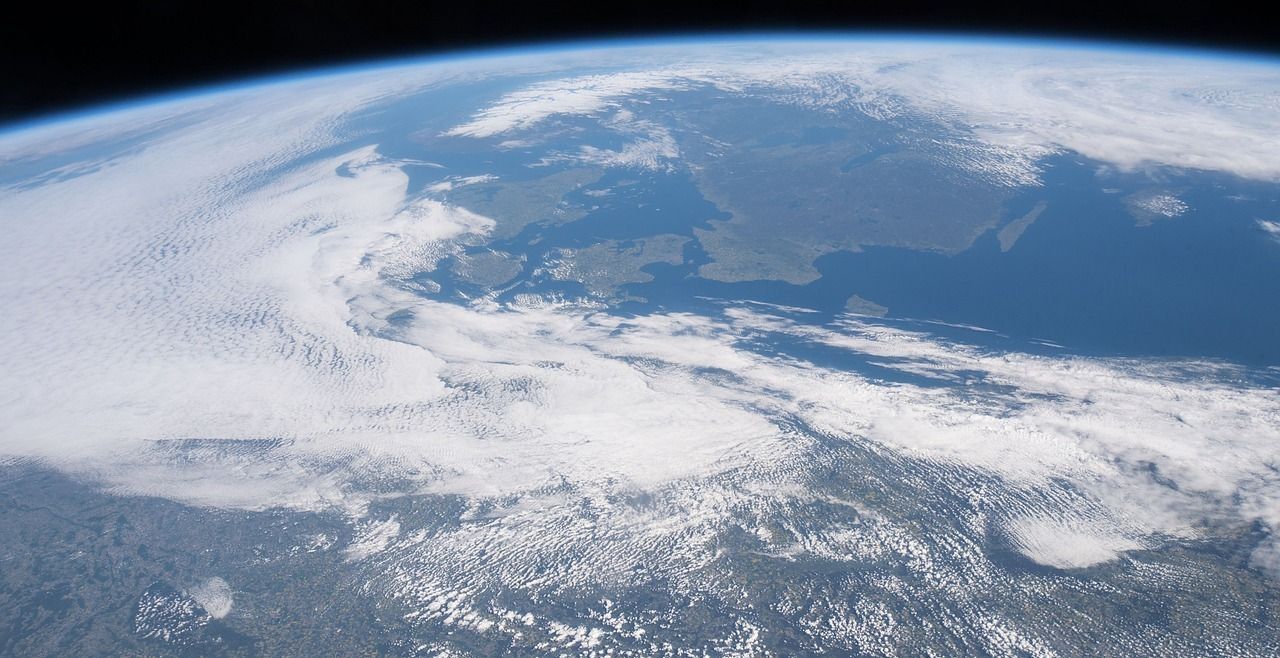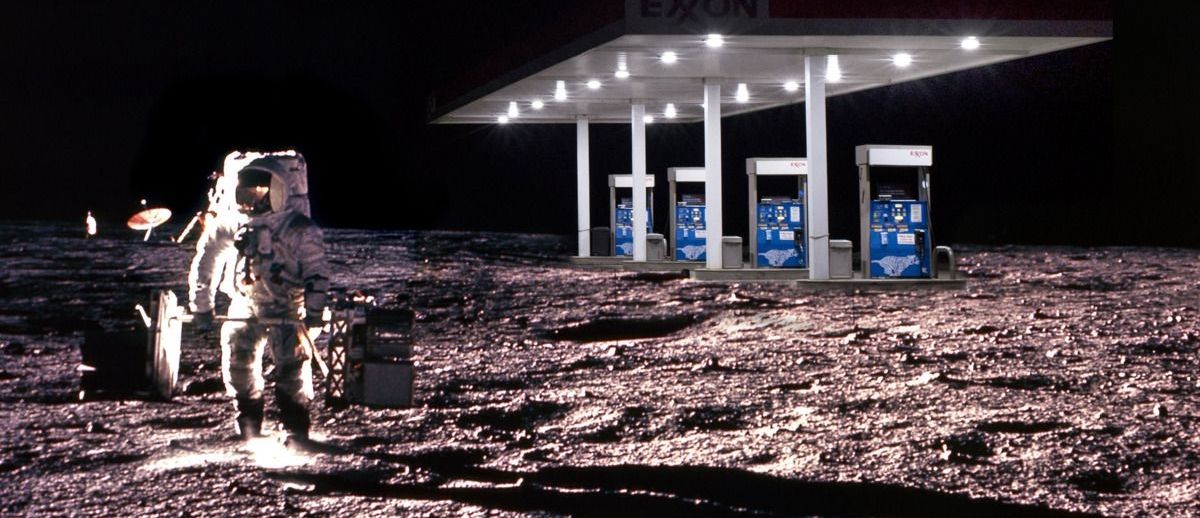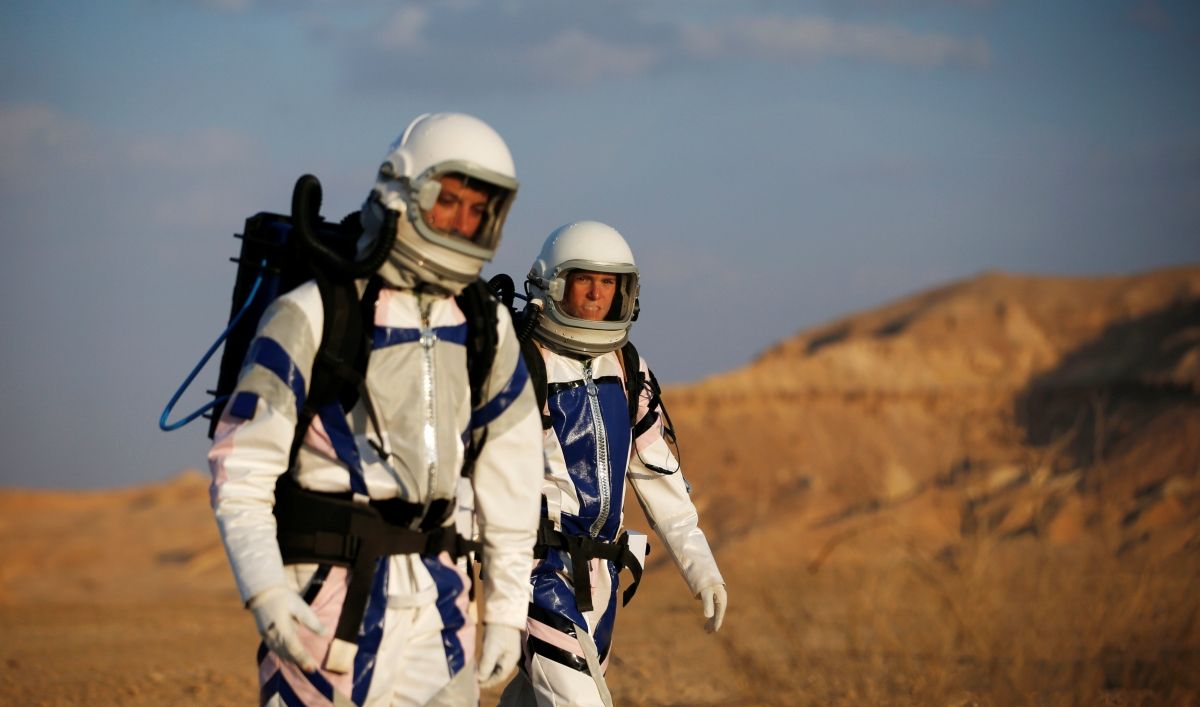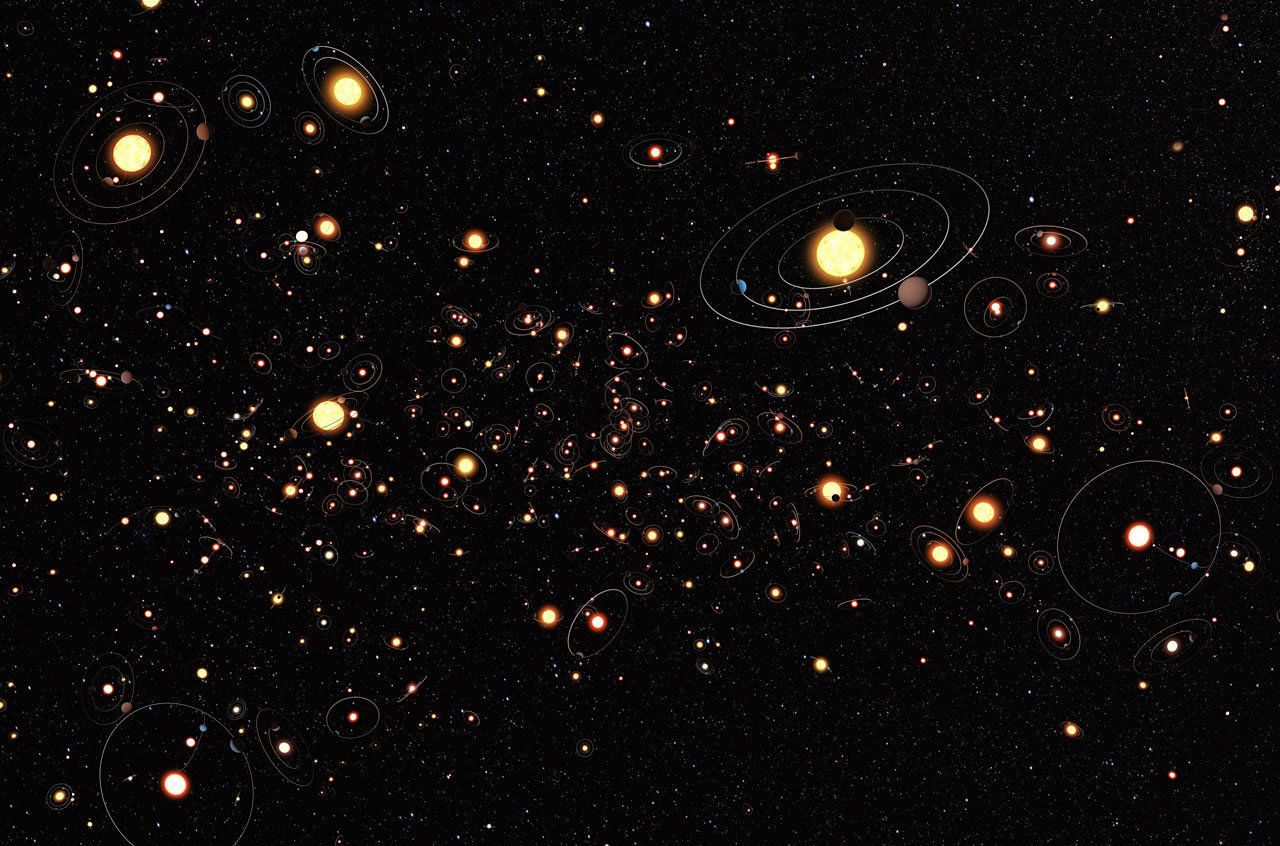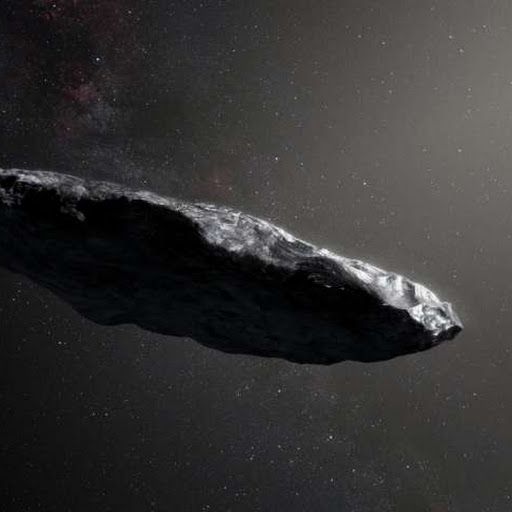Archive for the ‘space travel’ category: Page 428
Feb 24, 2018
Physicists Have Confirmed a Pear-Shaped Nucleus, And It Could Ruin Time Travel Forever
Posted by Genevieve Klien in categories: cosmology, physics, space travel, time travel
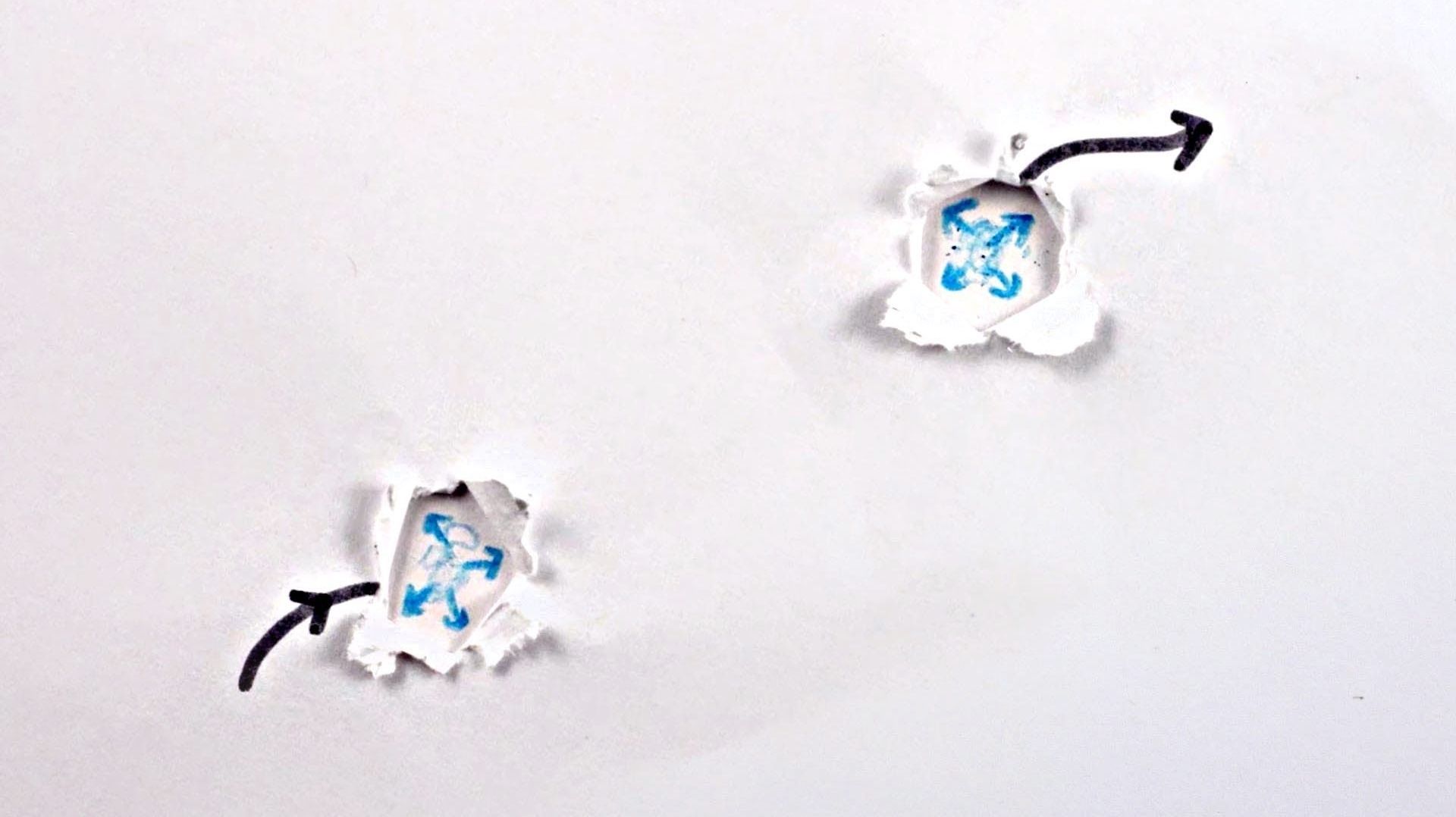
Physicists have confirmed the existence of a new form of atomic nuclei, and the fact that it’s not symmetrical challenges the fundamental theories of physics that explain our Universe.
But that’s not as bad as it sounds, because the 2016 discovery could help scientists solve one of the biggest mysteries in theoretical physics — where is all the dark matter? — and could also explain why travelling backwards in time might actually be impossible.
Feb 23, 2018
See Jupiter’s South Pole Change Over Time in Incredible Time-Lapse View
Posted by Genevieve Klien in category: space travel
New photos by NASA’s Juno spacecraft show Jupiter’s south pole as seen from above during a recent close encounter on Feb. 7, 2018.
Feb 23, 2018
Bigelow Aerospace Reveals Plans For Space Hotels
Posted by Genevieve Klien in category: space travel
The rise of commercial spaceflight companies such as SpaceX and Bigelow Aerospace sparked the age of space tourism as the ultra-wealthy became able to buy a ticket for a rocket ride into space. Of course, there is a huge limit on tourism if there isn’t a place to stay in one’s intended destination, but that’s about to change in space. Bigelow has announced plans to build two space stations that will float in low-Earth orbit. The company has big plans for these space stations and ideas about who might pay to use them. Essentially, the stations will be like orbiting space hotels where astronauts and possibly even tourists might stay one day.
In a press release this week, Bigelow Aerospace announced that it has created a spin-off venture called Bigelow Space Operations, which will operate and manage two space stations that will serve as hotels. The company expects to launch both hotels in 2021, and it’s beginning to work toward building them this year. Bigelow describes the two space stations as “the largest, most complex structures ever known as stations for human use in space.”
The two stations are currently being referred to as B330-1 and B330-2, and they aren’t the only two that Bigelow Space Operations plans to build. The two space stations are inflatable and will provide shelter for up to six people in low-Earth orbit with about 12,000 cubic feet of living space.
Feb 22, 2018
Wilbur Ross: Moon Should Be a ‘Gas Station for Outer Space’
Posted by Klaus Baldauf in category: space travel
Feb 21, 2018
Scientists Will Transport Antimatter in a Truck
Posted by Genevieve Klien in categories: particle physics, space travel
The antimatter of science fiction vastly differs from the real-life antimatter of particle physics. The former powers spaceships or bombs, while the latter is just another particle that physicists study, one that happens to be the mirror image with the opposite charge of the more familiar particles.
Normally, scientists produce antimatter in the lab, where it stays put in an experimental apparatus for further study. But now, researchers are planning on transporting it for the first time from one lab to another in a truck for research. Elizabeth Gibney reports for Nature:
In a project that began last month, researchers will transport antimatter by truck and then use it to study the strange behaviour of rare radioactive nuclei. The work aims to provide a better understanding of fundamental processes inside atomic nuclei and to help astrophysicists to learn about the interiors of neutron stars, which contain the densest form of matter in the Universe.
Continue reading “Scientists Will Transport Antimatter in a Truck” »
Feb 19, 2018
Israeli scientists complete a mock mission to Mars
Posted by Genevieve Klien in categories: futurism, space travel
The experiment was held near the isolated Israeli township of Mitzpe Ramon, whose surroundings resemble the Martian environment in its geology, aridity, appearance and desolation, the ministry said.
The participants were investigating various fields relevant to a future Mars mission, including satellite communications, the psychological affects of isolation, radiation measurements and search ing for life signs in soil.
Participant Guy Ron, a nuclear physics professor from the Hebrew University in Jerusalem, said the project was not only intended to look for new approaches in designing a future mission to the Red Planet, but to increase public interest.
Continue reading “Israeli scientists complete a mock mission to Mars” »
Feb 17, 2018
Kepler scientists discover almost 100 new exoplanets
Posted by Dan Kummer in category: space travel
Based on data from NASA’s K2 mission, an international team of scientists has confirmed nearly 100 new exoplanets. This brings the total number of new exoplanets found with the K2 mission up to almost 300.
“We started out analyzing 275 candidates, of which 149 were validated as real exoplanets. In turn, 95 of these planets have proved to be new discoveries,” said U.S. doctoral student Andrew Mayo at the National Space Institute (DTU Space) at the Technical University of Denmark. “This research has been underway since the first K2 data release in 2014.” Mayo is the main author of the work being presented in the Astronomical Journal.
The research was conducted partly as a senior project during his undergraduate studies at Harvard College. It also involved a team of international colleagues from institutions such as NASA, Caltech, UC Berkeley, the University of Copenhagen, and the University of Tokyo. The Kepler spacecraft was launched in 2009 to hunt for exoplanets in a single patch of sky, but in 2013, a mechanical failure crippled the telescope. However, astronomers and engineers devised a way to repurpose and save the space telescope by changing its field of view periodically. This solution paved the way for the follow-up K2 mission, which is still ongoing as the spacecraft searches for exoplanet transits.
Feb 14, 2018
Virgin Galactic partners with Microsoft Edge to create an immersive web experience for aspiring astronauts
Posted by Klaus Baldauf in categories: business, space travel
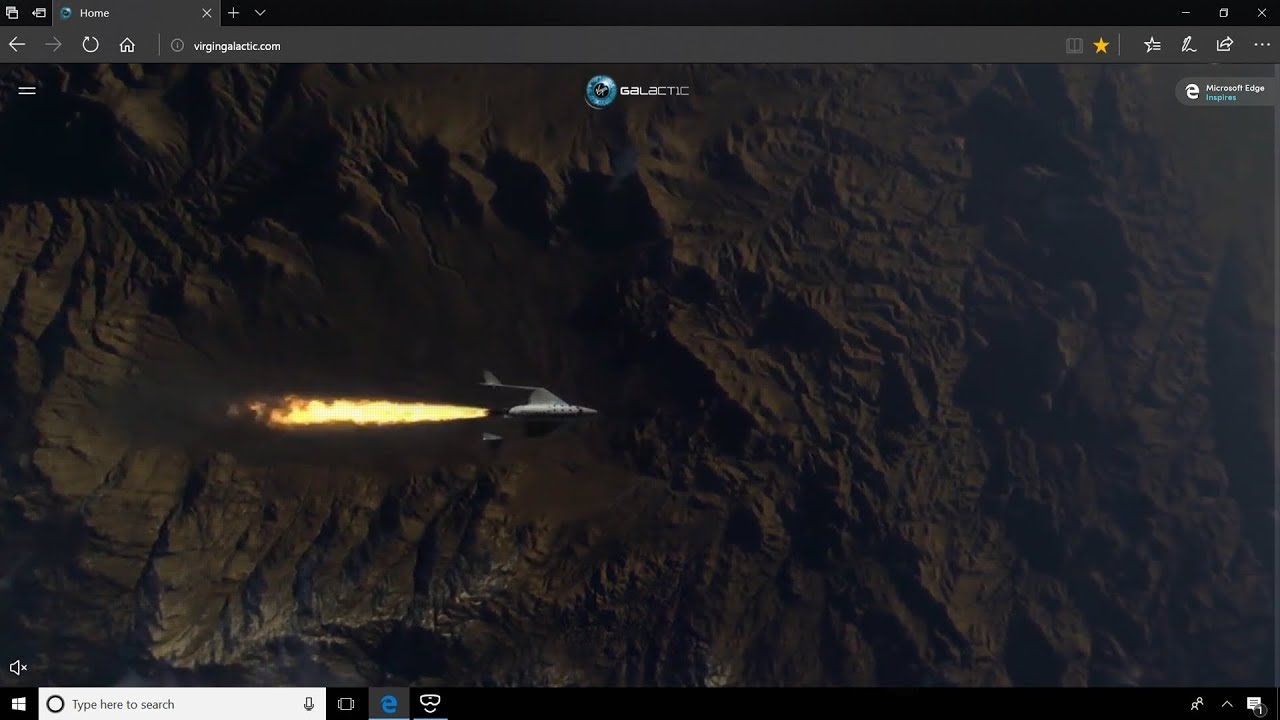
https://youtube.com/watch?v=uvWrirMnZEs
Divya Kumar is on the Microsoft Edge team; Tom Westray is on the Virgin Galactic team.
We’ve all stared into the depths of the night sky, identified far off planets, and the Milky Way; but only fewer than 600 people have traveled above and beyond Earth’s atmosphere and into space. At Virgin Galactic, our rocket scientists, engineers and designers from around the world are united in creating something new and lasting that could change that – the world’s first commercial spaceflights for private astronauts and science research. We’re on the edge of a golden age of space exploration, which has the potential to transform our business and personal lives in ways we can only yet imagine.
Feb 12, 2018
‘Oumuamua had a violent past and has been tumbling around for billions of years
Posted by Genevieve Klien in category: space travel
The first discovered interstellar visitor to our solar system has had a violent past, which is causing it to tumble around chaotically, a Queen’s University Belfast scientist has discovered.


